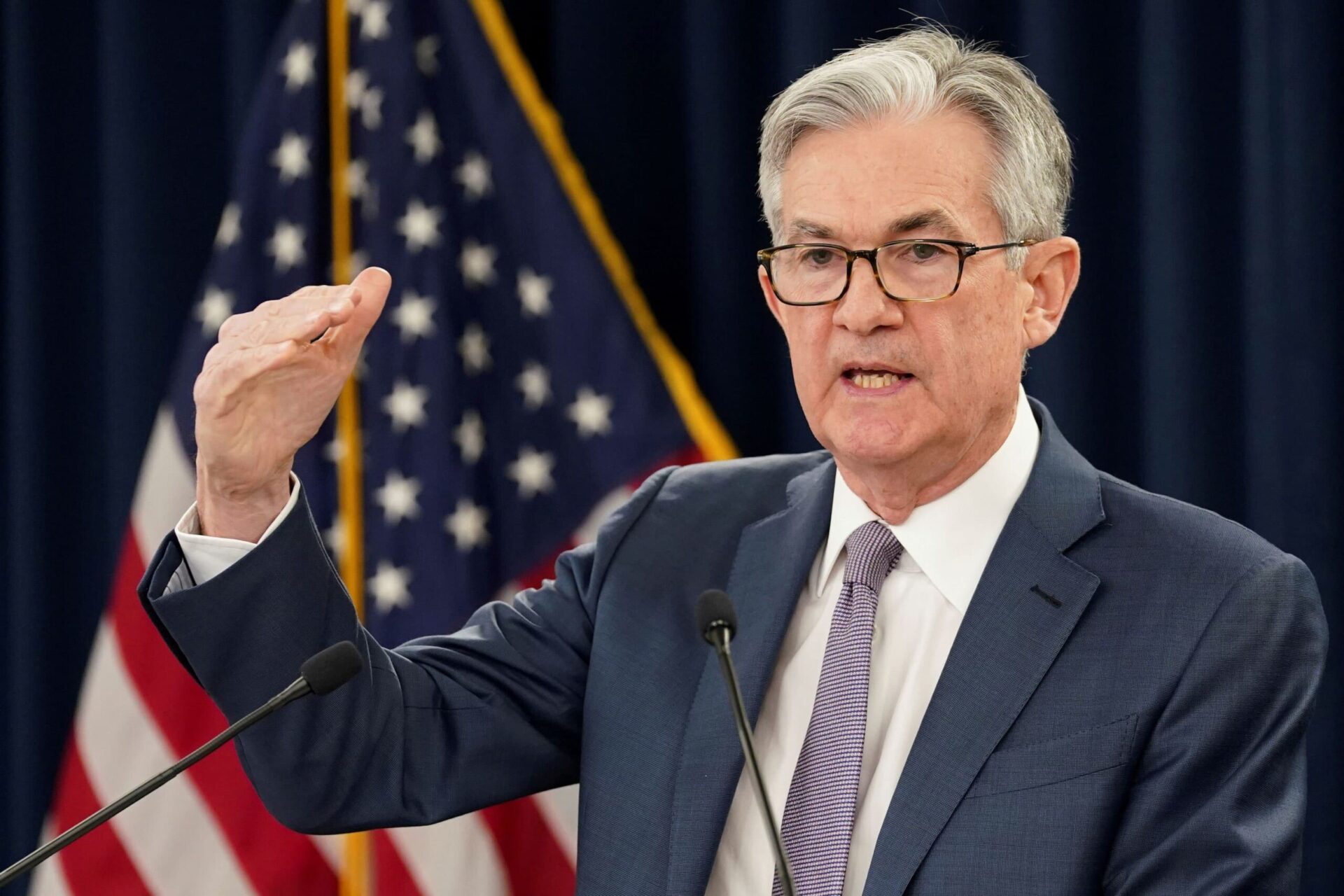By DESMOND LACHMAN
In March 2008, then Federal Reserve Chairman Ben Bernanke assured us that the sub-prime loan and housing market problems were not of systemic concern to the financial sector. Yet, in September 2008 Lehman Brothers failed in large part because of its leveraged exposure to subprime and housing market lending. Lehman’s failure in turn triggered a U.S. and world financial crisis that resulted in the 2008-2009 Great Economic Recession.
Fast forward to today. Last Sunday, Fed Chair Jerome Powell gave a television interview to 60 Minutes on the monetary policy challenges that lay ahead. In that interview, he went out of his way to provide assurances similar to those of Ben Bernanke in 2008 about the stability of the banking system.
In particular, he assured us that the problems now surfacing in commercial real estate lending as a result of people increasingly working at home and shopping online were manageable. In his view, while it was likely that a number of small banks would fail as a result of their excessive exposure to commercial real estate lending, he thought that it was highly improbable that we would have a financial crisis. He also saw no reason why souring commercial property loans should induce the Fed to waiver from its current monetary policy stance of maintaining high interest rates to ensure that inflation came down on a sustainable basis to the Fed’s 2% inflation target.
If the Fed is to succeed in achieving a soft economic landing, the last thing that it can afford is to have another round of last March’s regional banking crisis. This is because the regional banks are a vital credit provider to the small and medium-sized business sector. That sector in turn accounts for around 40% of U.S. economic output and employment.
Unfortunately, there are reasons to think that that Mr. Powell’s current assurances about the soundness of the banking system could prove to be as Pollyannish as those of Mr. Bernanke in 2008. This might be so even though the banking system strains that might emerge will not result in as hard an economic landing as occurred in 2008.
The main reason for skepticism about Mr. Powell’s reassurances is the striking similarity between the dimension of the 2008 sub-prime lending problem and today’s commercial real estate problem.
In 2008, the size of the subprime lending market was around $1.3 trillion. Before the pandemic, the size of the real commercial property market was estimated at around $3 trillion. At the same time, the value of today’s commercial real estate has plunged to around $1.8 trillion because of a record rate of office vacancies. Over the next two years, falling property prices and high interest rates will make it difficult for property developers to roll over the estimated $1.5 trillion in maturing loans without substantial debt restructuring. It has to be of concern that major property developers like Brookfield and Blackstone are walking away from their mortgages and handing back the keys to the lenders.
This likely means that losses totaling around $1.2 trillion from commercial property will need to be distributed amongst the lenders. With banks owning some 40% of these loans, banks might need to make loan loss provisions in the range of $500 billion.
Loan loss provisions of this size would be onerous for the banks at the best of times. However, these are not the best of times. It is estimated that because of the Fed’s aggressive monetary policy tightening, the U.S. banking system is nursing mark-to-market losses of around $600 billion on its books. In addition, the 525 basis-point increase in interest rates over the past two years is causing an escalation of defaults on student, auto, housing, and credit card loans.
If a wave of commercial property defaults will be a problem for the banks in general, they will be an existential problem for many of the regional banks. Those banks have almost 20% of their overall balance sheet exposed to the property sector. According to a recent National Bureau of Economic Research study, high commercial property exposure could lead to the failure of as many as 385 regional banks.
Mr. Powell can be excused for trying to boost economic confidence by providing assurances about the banking system’s soundness. However, we must hope that he does not allow his assurances to blind him to the need for the Federal Reserve to have contingency plans for regional bank defaults that could lead to considerable strains in the overall financial system.
Desmond Lachman is a senior fellow at the American Enterprise Institute. He was a deputy director in the International Monetary Fund’s Policy Development and Review Department and the chief emerging market economic strategist at Salomon Smith Barney.
